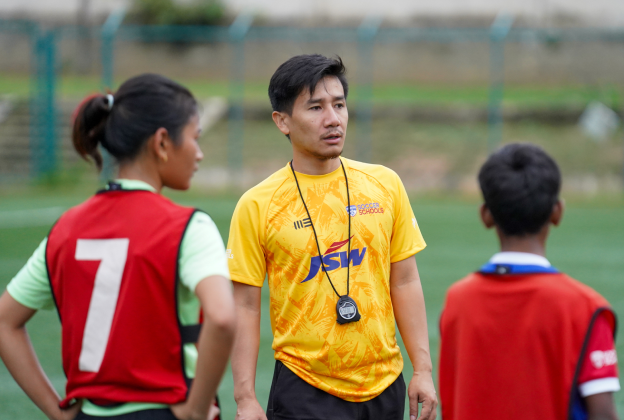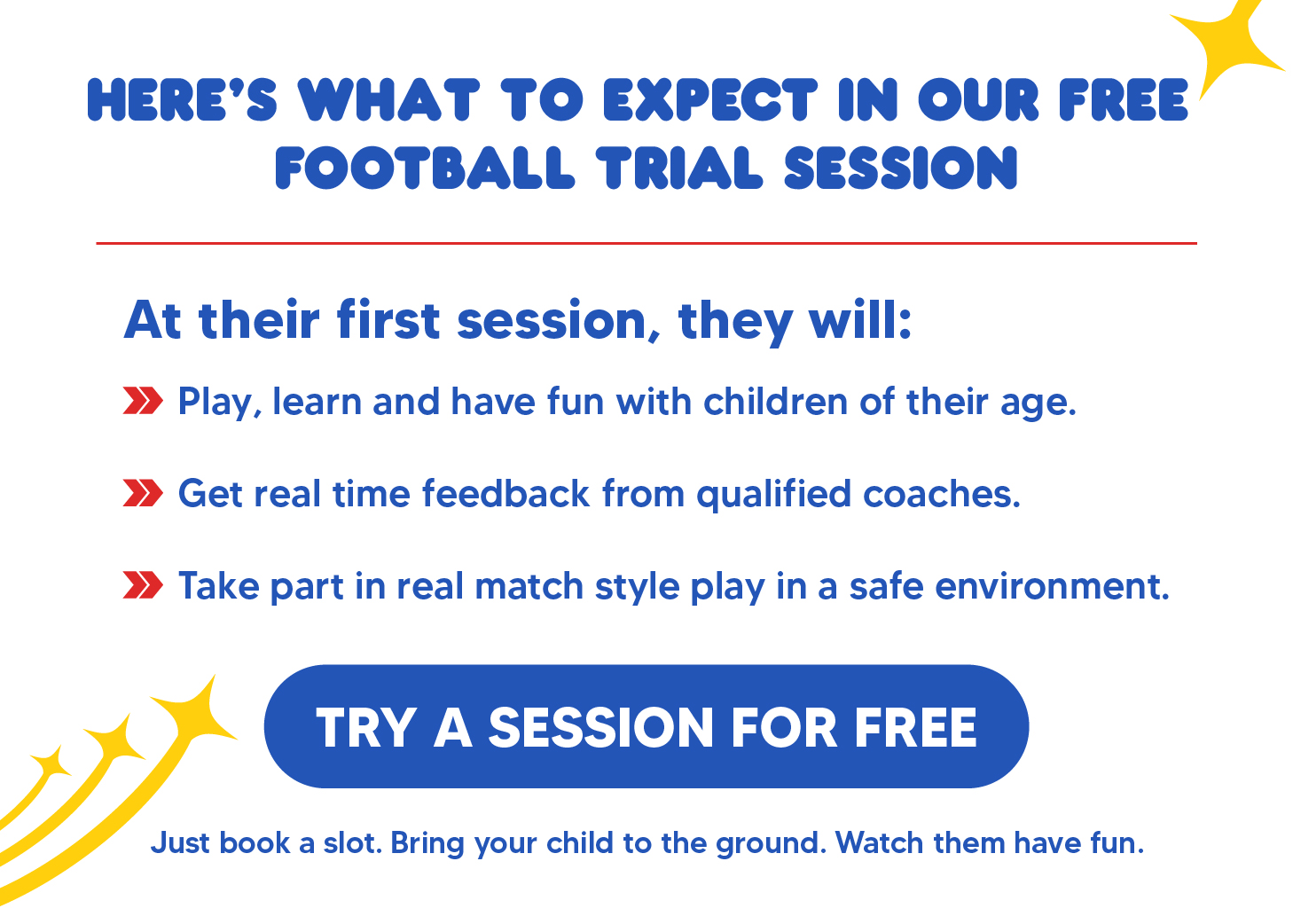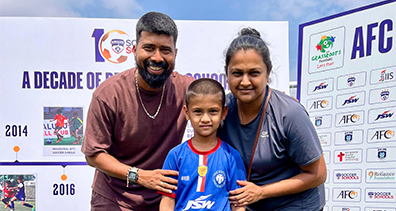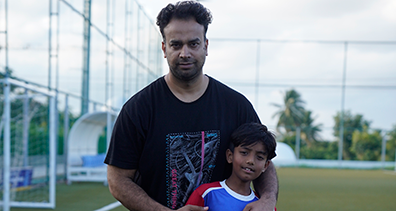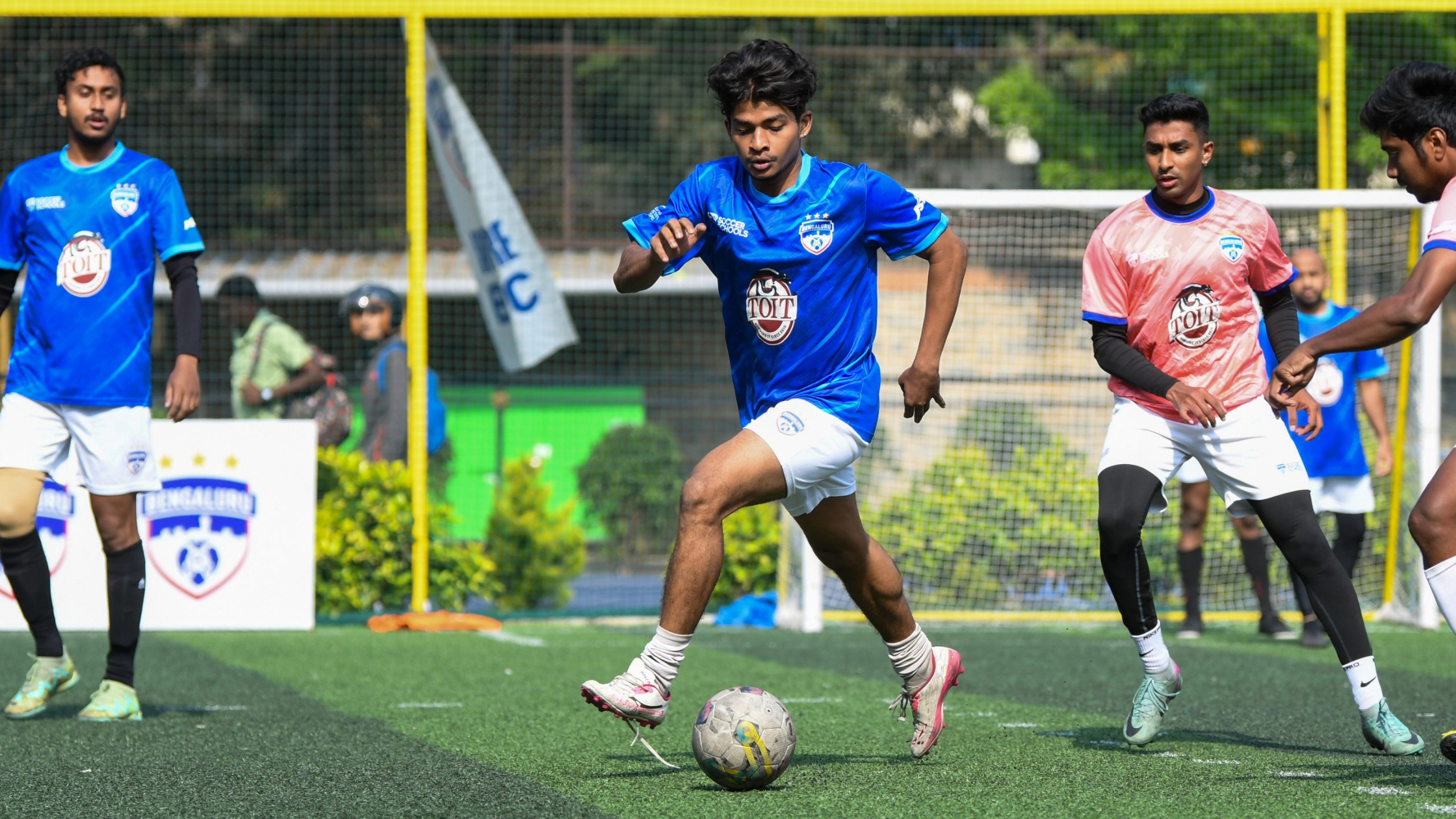
19/06/2025
What Are the 17 Laws of Football? Short Guide for Young Players
Before 1863, football looked different from one club to the next. Matches had no set laws, and chaos often ruled the pitch. That changed when the 17 official Laws of the Game were introduced to create consistency. Today, FIFA follows these laws worldwide. And they’re managed by the International Football Association Board (IFAB). Be it a World Cup match or training at BFC Soccer Schools, these 17 laws of football promise that football is played the same way across the world.
What Are the 17 Laws of Football?
Law 1 – The Field of Play
The field must be rectangular with standard dimensions, zones, and markings. This is to ensure every game is structured the same.
Fun fact: The 9.15m centre circle keeps defenders away during kick-off to give space for clean starts.
Law 2 – The Ball
A match ball must be round, 68–70cm in size, and within a fixed weight range to stay consistent. This guarantees uniformity in bounce, speed, and feel, so players know exactly how the ball will behave.
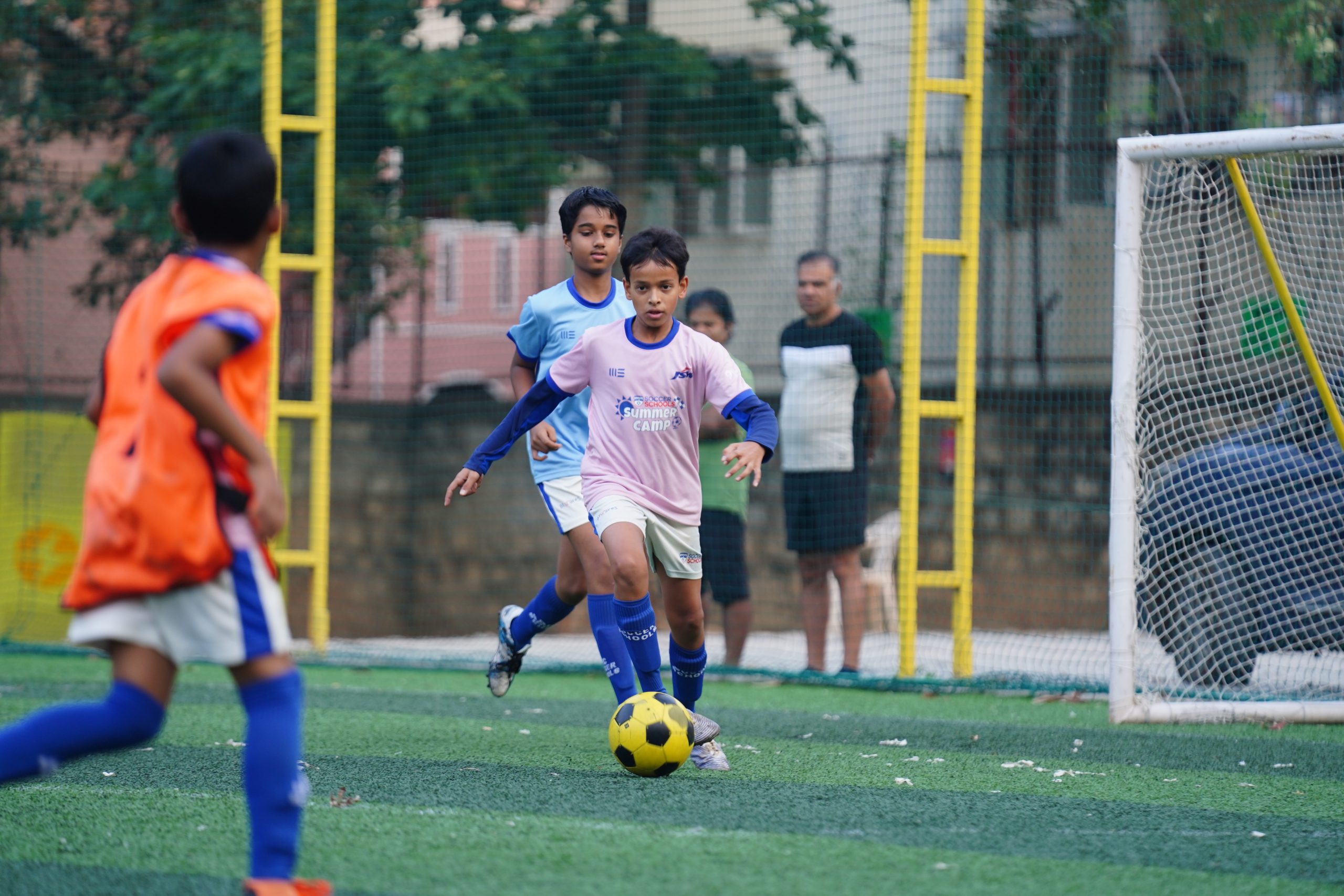
BFC academy coaching
Law 3 – The Players
Each team can have a maximum of 11 players, and matches cannot continue with fewer than 7. At BFC Soccer Schools, we teach kids the value of team roles and how every position supports the match strategy.
Looking for the best football coaching in Bengaluru? At BFC Soccer Schools, we offer top-notch training programs for kids and teens, focusing on skill development, teamwork, and holistic growth. Join us today and give your child the foundation to succeed in football.
Law 4 – The Players’ Equipment
Players must wear jerseys, shin guards, socks, shorts, and boots. And they must avoid dangerous items like jewellery. This keeps players safe and helps referees identify positions. Plus, it ensures a professional match environment from a young age.
Law 5 – The Referee
The referee enforces the laws and assures fair play throughout the game. They’re the final decision-makers, keeping control, discipline, and structure alive from kickoff to full-time.
Law 6 – The Other Match Officials
Includes assistant referees, fourth officials, and VAR in advanced games to help the referee. They maintain accuracy in decisions like offsides and fouls. This helps football to stay fair and transparent.
Law 7 – The Duration of the Match
Matches last 90 minutes, split into two halves. Plus, there is injury time or extra time when needed. This assures all matches have a fair, structured format, no matter the location or level.
Fun fact: It was in 1891 that the first use of added time came. It was when a referee allowed more play after a time-wasting injury. It shaped how matches are timed today.
Law 8 – The Start and Restart of Play
Games begin with a kick-off and restart through throw-ins, corners, or goal kicks, depending on the situation. At BFC Soccer Schools, kids are taught these early to build discipline and structure into their gameplay.
Law 9 – The Ball In and Out of Play
The ball is out only when it fully crosses the goal or touchline. Otherwise, it’s live. This clear boundary prevents disputes and teaches players when to stop or keep playing.
Law 10 – Determining the Outcome
A goal is scored when the entire ball crosses the line between the posts and under the crossbar. Technology like goal-line systems guarantees that no goal is missed or wrongly awarded at high levels.
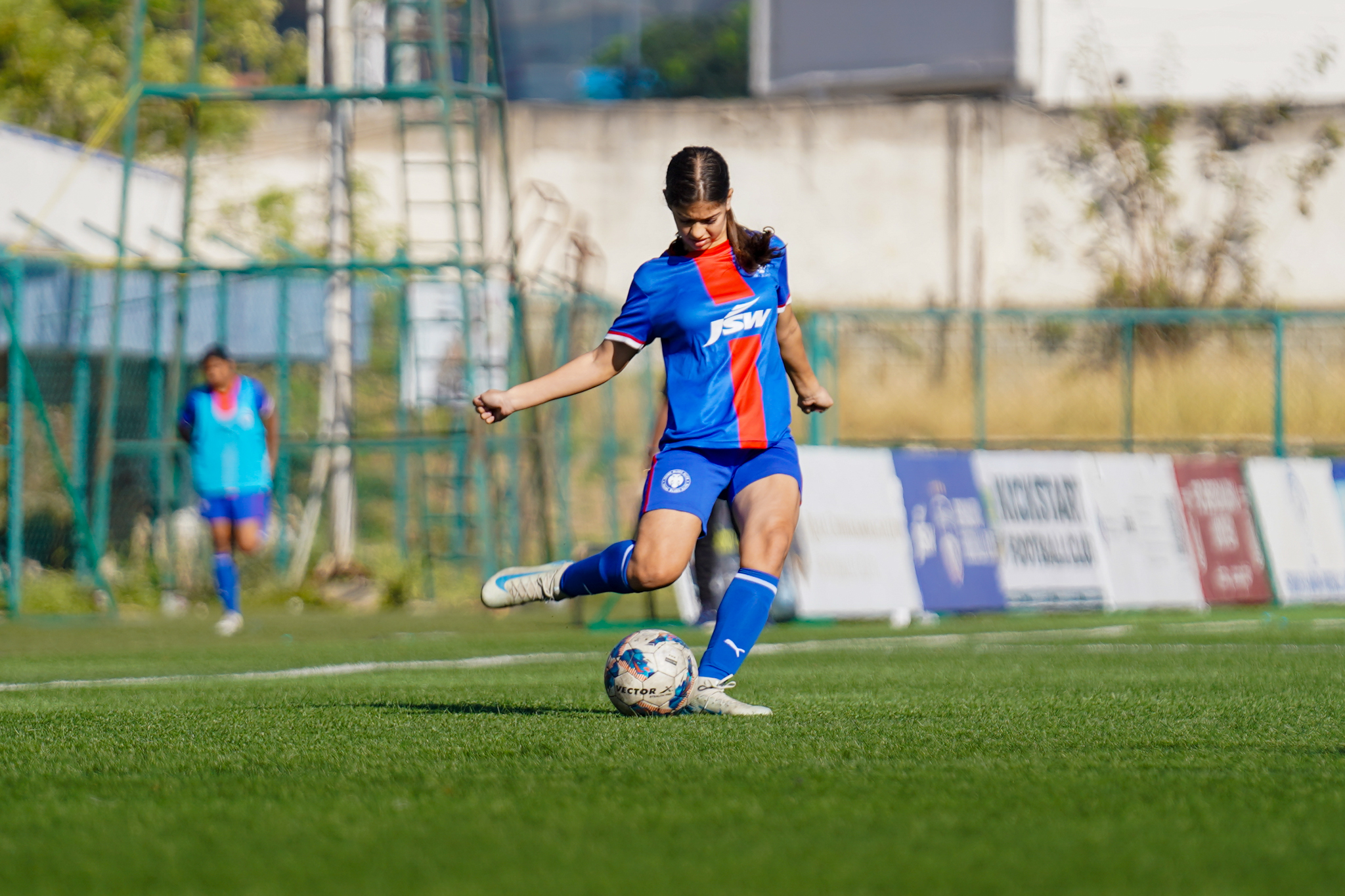
BFC Academy player
Law 11 – Offside
A player is offside if they stand too close to the opponent’s goal when their teammate passes the ball to them. But they’re only penalized if they try to score or disturb play. Just standing there isn’t always against the law.
Law 12 – Fouls and Misconduct
Covers actions like tripping, pushing, handballs, and unsporting behaviour that harm the game. Referees give yellow or red cards to maintain discipline and secure respect for others on the field.
Fun fact: Ref Pierluigi Collina once gave a yellow card to a player for arguing with his own teammate!
Law 13 – Free Kicks
Awarded after fouls, free kicks may be direct (can score) or indirect (must touch another player). This lets teams restart fairly while giving opponents time to reset defensively.
Law 14 – The Penalty Kick
Given for fouls inside the penalty area, it’s a 1v1 between attacker and goalkeeper. This high-pressure opportunity punishes serious infractions and can change the outcome of a game.
Law 15 – The Throw-In
When the ball crosses the sideline, the other team throws it in using both hands, feet grounded. BFC Soccer Schools makes kids practice this often, as it teaches coordination and quick thinking to keep possession.
Searching for a fun and inclusive football experience? Our grassroots football academy brings kids and families together for learning and community bonding through football.
Law 16 – The Goal Kick
This is taken when the attacking team last touches the ball before it crosses the goal line. This gives the defending team a chance to reset and reorganize their gameplay.
Law 17 – The Corner Kick
Awarded when the defending team deflects the ball over their own goal line. It allows attacking teams a scoring opportunity and is often used for set-piece strategies in training.
Fun fact: American legend Megan Rapinoe once bent a corner kick so sharply, it curled into the goal without a single touch!
Why These Laws Matter Even More Today
Football looks different in every corner of the world. It ranges from beaches in Goa to icy pitches in Europe. But no matter where it’s played, these 17 laws keep it unified. They enable fair play, guide coaching, and support innovations like VAR. Every year, the IFAB revisits these laws. And they make small adaptations for youth formats, grassroots levels, and inclusive football. Yet at the core, these laws allow any player to step onto a pitch and instantly understand the game. That’s what makes football a global language.
How BFC Soccer Schools Teaches These Laws
BFC Soccer Schools teach the game beyond drills. We introduce the 17 laws in an age-appropriate way. Younger kids focus on basics
like restarts and throw-ins, while older players learn advanced laws like offside and fouls. It’s about creating smart footballers who understand the why behind what they do. Our coaches break it down so it sticks for life.
Conclusion – These Laws Shape the Game, and They Shape Players
The 17 laws of football guide players, protect fairness, and teach discipline. When children grow up learning these laws the right way, like they do at BFC Soccer Schools, they grow into players who carry respect and love for the game into every match.
Ready to get started? Let’s talk. Your child’s journey in football starts with the basics.
Recent Posts
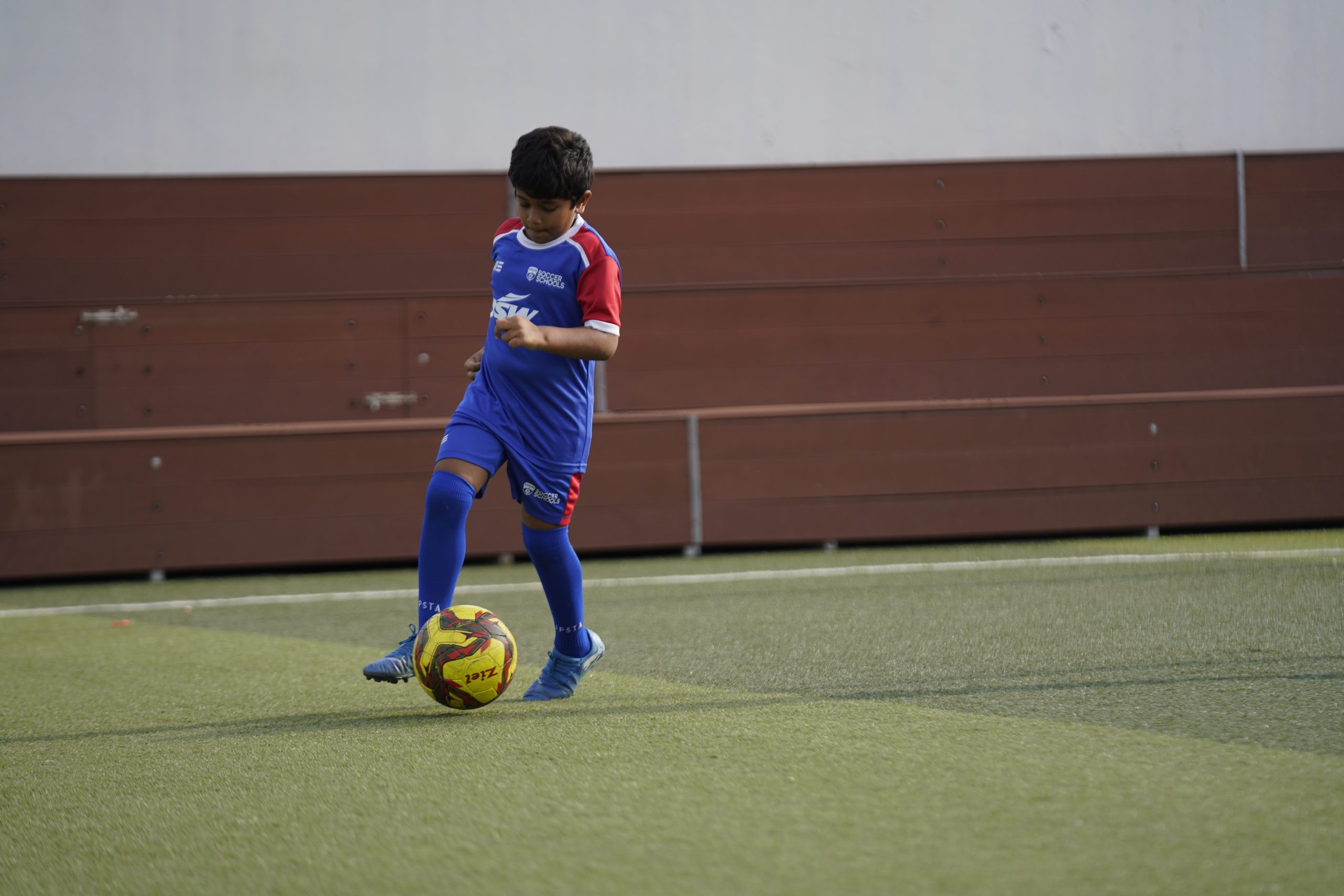
30/09/2025
How to Manage Pressure Before Your First Football Tournament
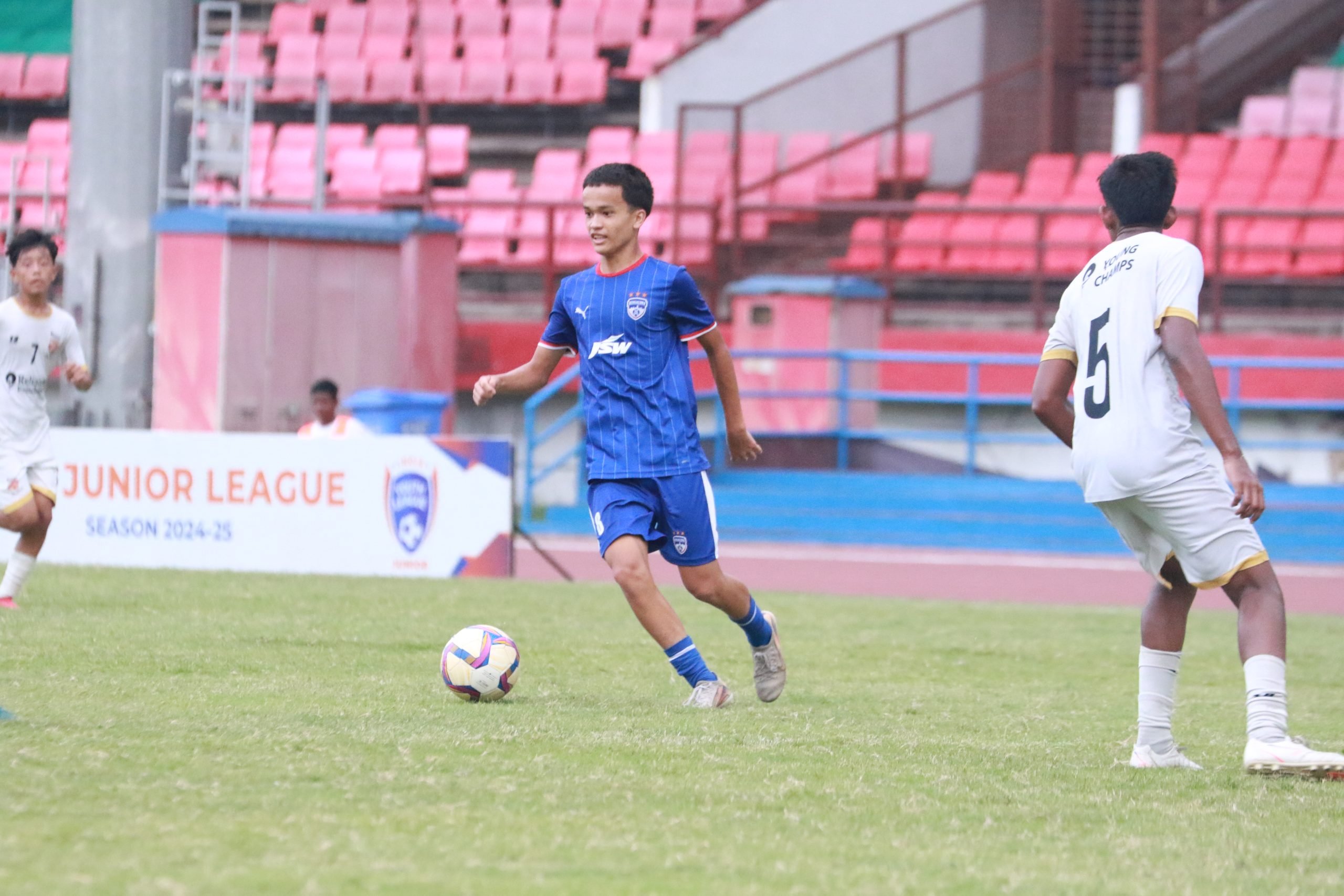
20/09/2025
How to Get a Football Scholarship in India? Types, Selection Criteria, & Preparation Tips
